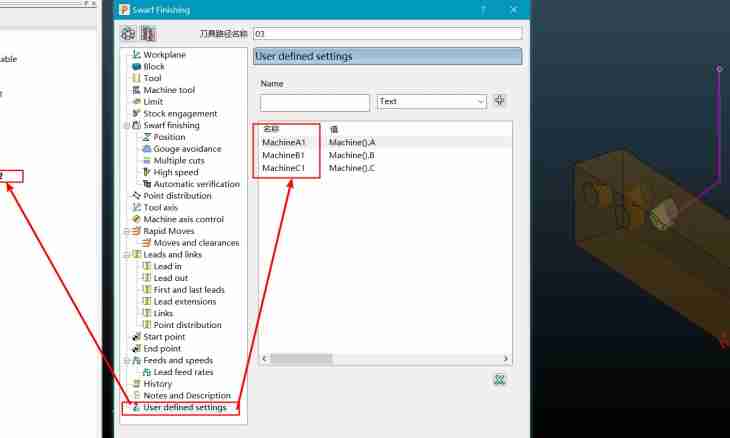All operations with function can be made only in that set where it is defined. Therefore at a research of function and creation of its schedule the first role is played by finding of a range of definition.
Instruction
1. To find range of definition functions, it is necessary to find "dangerous zones", that is such values x at which function does not exist and then to exclude them from a set of real numbers. What it is worth paying attention to?
2. If function has an appearance of y=g (x)/f (x), solve inequality of f (x) ≠0 because the denominator of fraction cannot be equal to zero. For example, y=(x+2)/(x−4), x−4≠0. That is the set will be a range of definition (-∞; 4) ∪ (4; + ∞).
3. When determining function there is a root of even degree, solve inequality where the value under a root will be more or equally in zero. The root of even degree can be taken only from non-negative number. For example, y= √ (x−2), means x−2≥0. Then a range of definition is the set [2; + ∞).
4. If function contains a logarithm, solve inequality where expression under a logarithm has to be more than zero because a logarithm range of definition only positive numbers. For example, y=lg(x+6), that is x+6> 0 and a range of definition will be (-6; + ∞).
5. It is worth paying attention if function contains a tangent or a cotangent. A range of definition of the tg (x) function all numbers, except x=Π/2+Π*n, ctg(x) are all numbers, except x=Π*n where n accepts the whole values. For example, y=tg(4*x), that is 4*x ≠Π/2+Π*n. Then a range of definition (-∞; Π/8+Π*n/4) ∪ (Π/8+Π*n/4; + ∞).
6. Remember that the inverse trigonometrical functions - an arcsine and an arccosine, are defined on a piece [-1; 1] that is if y=arcsin (f(x)) or y=arccos (f(x)), it is necessary to solve double inequality - 1≤f (x) ≤1. For example, y=arccos(x+2), - 1≤x+2≤1. The piece [-3 will be a range of definition;-1].
7. At last, if the combination of various functions is set, then the range of definition represents crossing of ranges of definition of all these functions. For example, y=sin(2*x)+x / √ (x+2) of +arcsin(x−6) +lg(x−6). At first find a range of definition of all composed. Sin(2*x) is defined on all numerical straight line. For function x / √ (x+2) solve inequality of x+2> 0 and the range of definition will be (-2; + ∞). The range of definition of the arcsin(x−6) function is set by double inequality - 1≤x-6≤1, that is the piece turns out [5; 7]. For a logarithm inequality of x−6> 0 takes place, and it is an interval (6; + ∞). Thus, the set will be a range of definition of function (-∞; + ∞) ∩ (-2; + ∞) ∩ [5; 7] ∩ (6; + ∞), that is (6; 7].

